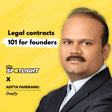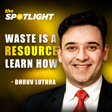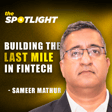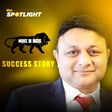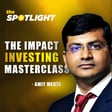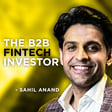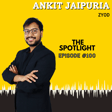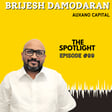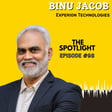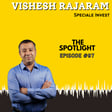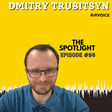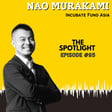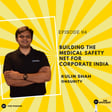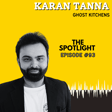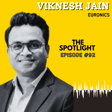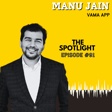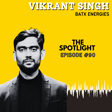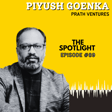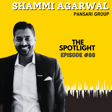
Making Bharat Healthy | Rajat Garg & Dr Manuj Garg of myUpchar.com
Our guests today, yes you heard it right. In today’s episode of The Spotlight, we have not one but two co-founders who are on a mission to solve the problem of lack of accessibility and awareness for healthcare in Bharat, on the other hand, making it affordable for the Bharat user.
Rajat Garg and Dr Manuj Garg are the co-founders of India’s largest Healthcare Content company, myUpchar.com, providing healthcare-related information in a plethora of Indian languages with an aim to reach tier 2 and tier 3 India.
In this chat, they recollect their individual journeys to Stanford University. Dr Garg has a PhD in Economics from Stanford University and went on to be a Management Consultant at Boston Consulting Group (BCG) in San Francisco during which he largely worked on healthcare delivery in India for the Bill & Melinda Gates Foundation. Rajat, on the other hand, went on to pursue an MS in Electrical Engineering. They share their interestingly accidental story of coming together to launch myUpchar and rethinking technology to take healthcare in every part of India. Dr Garg calls it a ‘happy accident.’
Bitten by the bug of starting up, these two passionate entrepreneurs followed their heart to revolutionise the healthcare scenario in Bharat.
Tune in to the episode for conversations on a range of topics spanning from startups, technology, healthcare, discovering yoga, connecting with patients from the remotest areas, to scaling out, building supply, pitching to investors, hearing rejections, to finally raising funds, monetizing the platform and fulfilling medicinal requirements.
Key highlights of the episode:
- The potential of content and technology to deliver healthcare awareness.
- Intellectual fulfilment at a prestigious graduate school.
- Building a healthcare consultation platform.
- Getting angles onboard.
- Creating a positive impact by solving health issues in Bharat.
Join us on IG: @thepodium.in
For more founder stories, check out our website: The Podium - A Network of Podcasts
